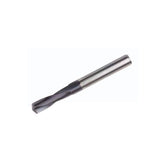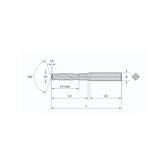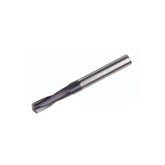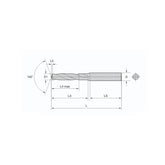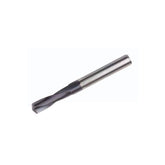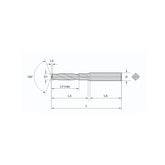4 Key Differences Between Back Spot Facing Tool and Back Boring Tool Frees Production from Costly Bottlenecks
Difference Between Back Spot Facing Tool and Back Boring Tool
Both "back spot facing tool" and "back boring tool" are used in metalworking, but they serve different purposes and are applied in distinct scenarios. Here’s a breakdown of their differences:
-
Purpose and Definition
- Back Spot Facing Tool: This tool is designed to create a flat, circular surface (spot face) on the backside of a workpiece, typically to provide a smooth seating area for bolt heads, nuts, or washers. It’s especially useful for machining from the reverse side of a drilled hole.
- Back Boring Tool: This is used to enlarge an existing hole from the backside or to refine its accuracy and surface finish. It’s a boring tool focused on deeper hole processing, often removing more material to adjust the hole’s size or shape. -
Machining Scope
- Back Spot Facing Tool: Works on a shallow depth, primarily flattening the surface around a hole, with a limited cutting area.
- Back Boring Tool: Cuts deeper into the hole along its axis, ideal for resizing or refining the interior of the hole. -
Tool Design
- Back Spot Facing Tool: Typically features a wider cutting surface, resembling a milling or facing tool. It passes through the hole and expands to work on the backside.
- Back Boring Tool: Has a slimmer, elongated design suited for reaching inside the hole, often with adjustable cutting tips to fit various diameters. -
Applications
- Back Spot Facing Tool: Commonly used in situations requiring fastener installation, such as ensuring a bolt head sits flush with the workpiece in mechanical


